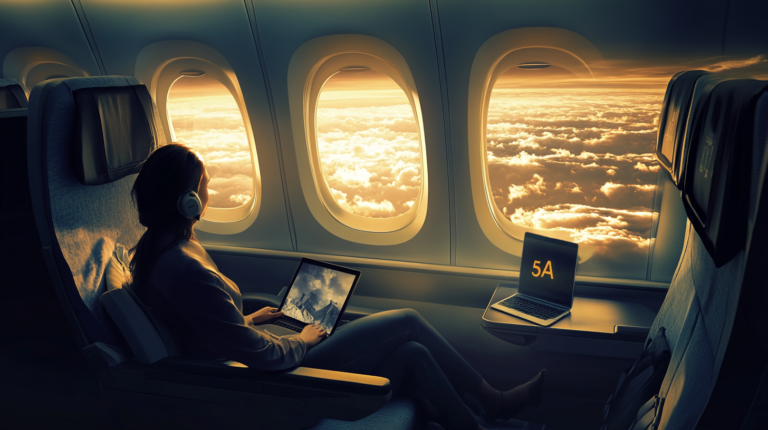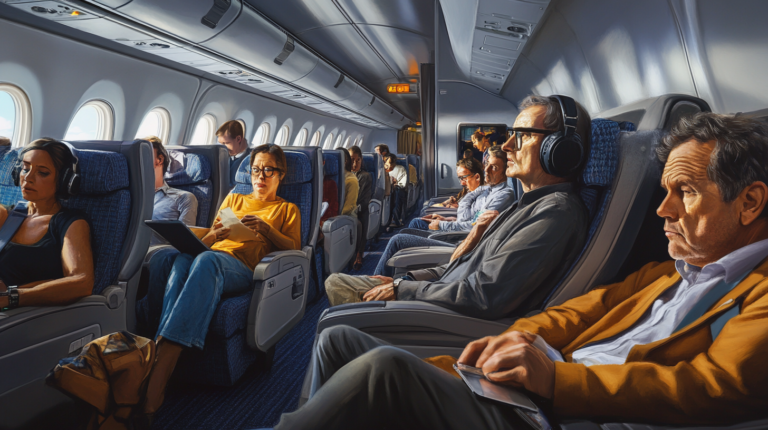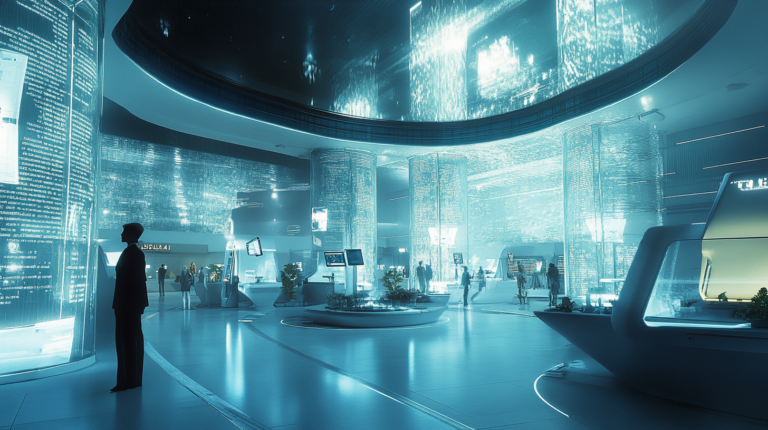The Evolution of Airline Uniforms
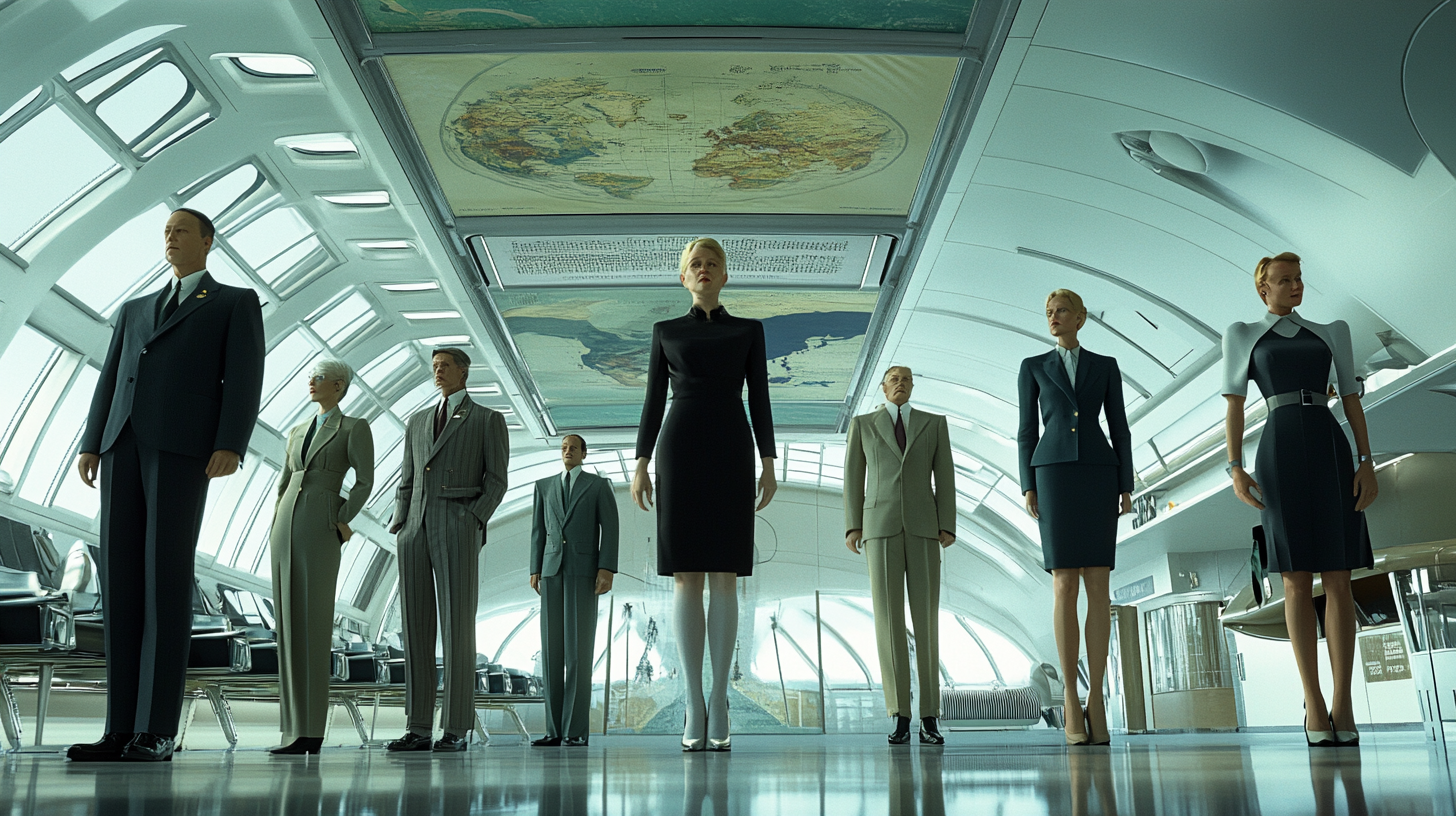
For over a century, the skies have witnessed the dynamic transformation of airline uniforms—a journey that mirrors profound societal shifts, evolving fashion trends, and the changing identity of air travel itself. From the practical and utilitarian attire of the early 20th century to the stylish, inclusive, and technologically advanced designs of today, airline uniforms are more than just clothing; they are a narrative thread weaving through the tapestry of cultural change and industry innovation.
The Early Days: 1920s–1930s
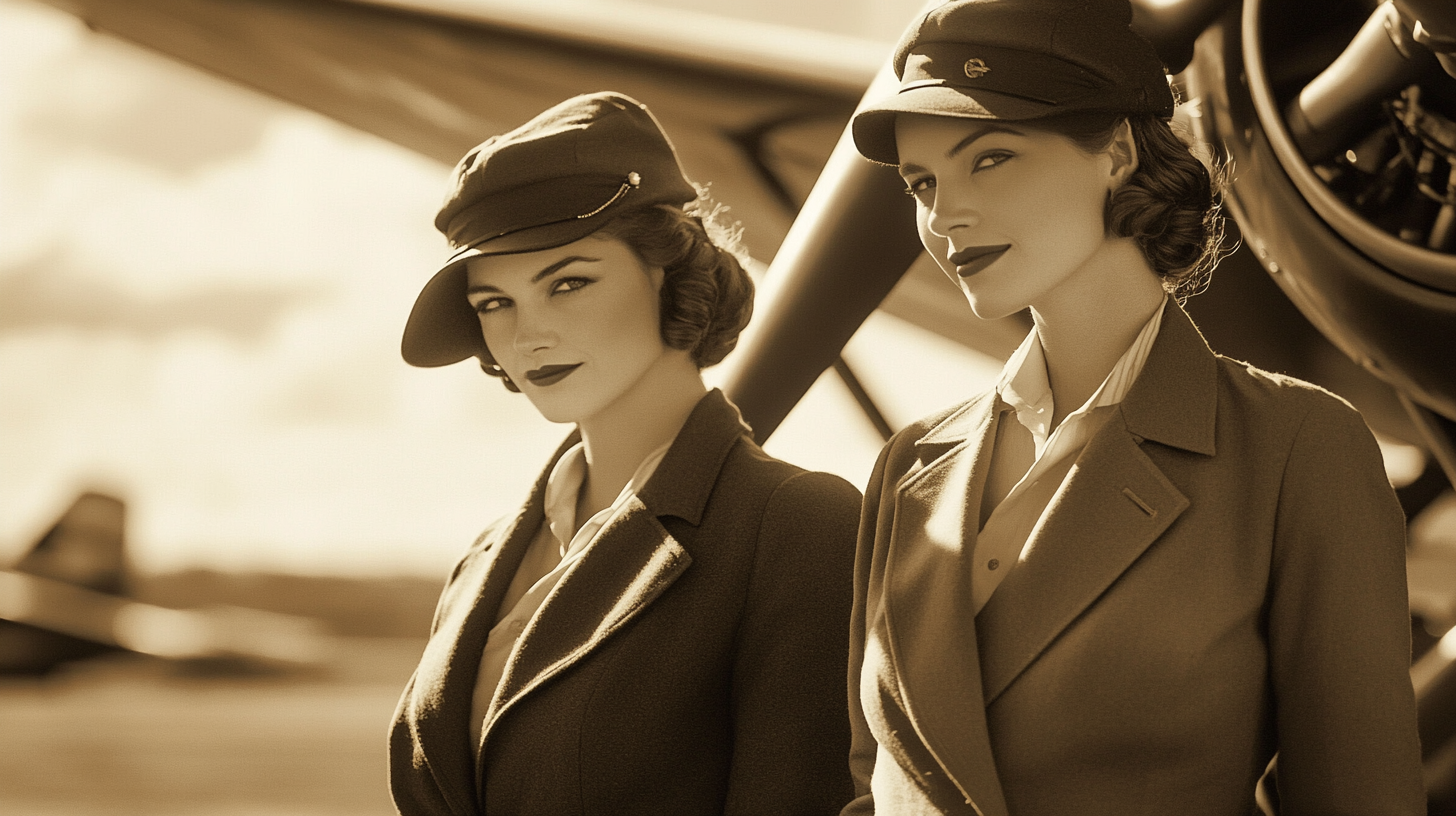
In the 1920s, as the world embraced the dawn of aviation, airline uniforms emerged as a crucial element in establishing passenger trust and comfort. Early flight attendants, predominantly registered nurses, donned uniforms heavily influenced by military and nursing attire. These ensembles were characterized by their modesty and functionality, featuring crisp white blouses, practical skirts, and sometimes capes or overcoats to combat the chill of unpressurized cabins. The choice of attire was deliberate, aiming to project an image of professionalism, authority, and care. At a time when air travel was a novel—and often daunting—experience, these early uniforms Historical Attire of Early Flight Attendants played a vital role in reassuring passengers of their safety and well-being aboard these new flying machines.
The Golden Age of Aviation: 1940s–1950s
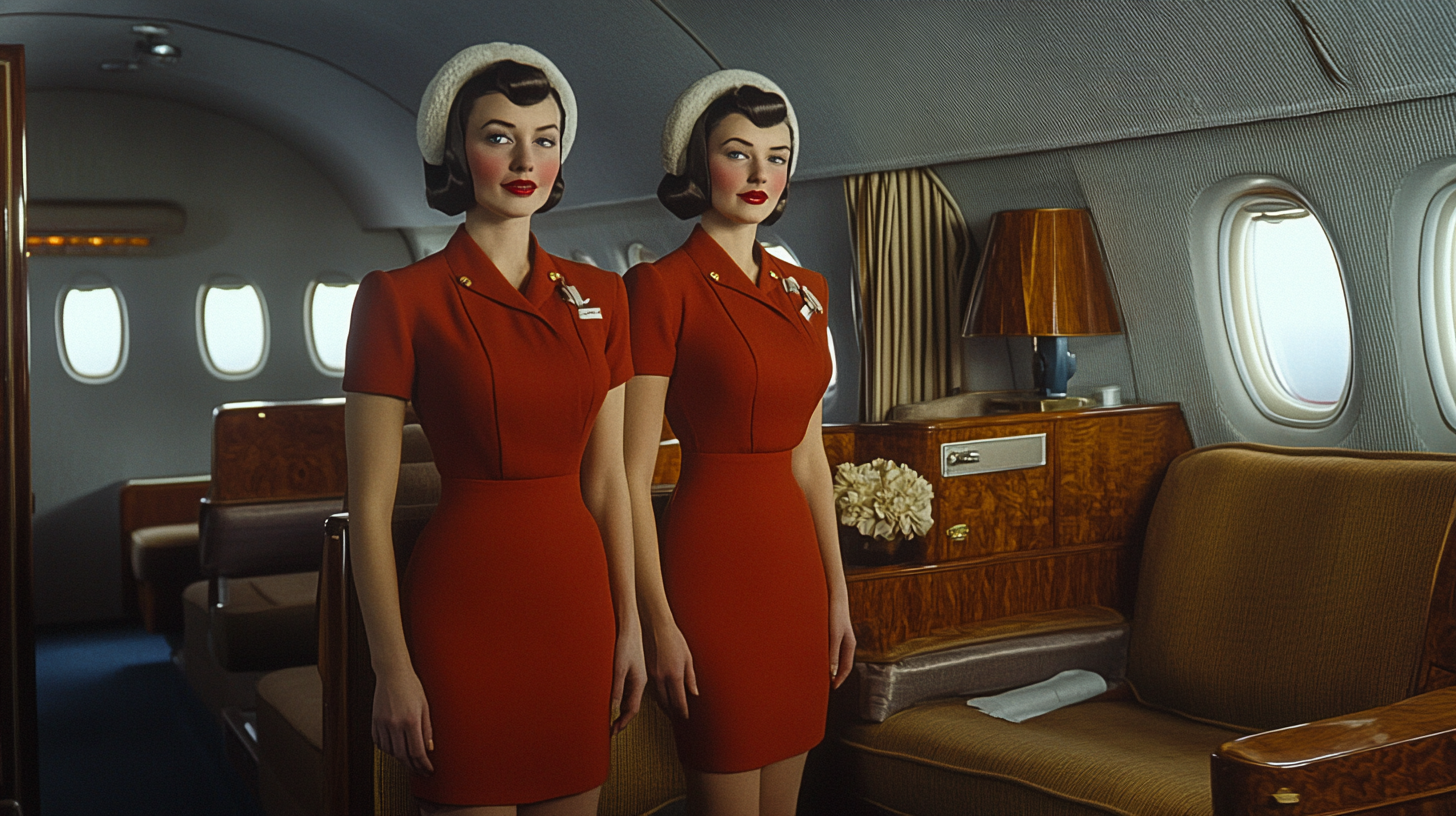
The aftermath of World War II saw the aviation industry soar to new heights, marking the beginning of the “Golden Age” of air travel in the 1940s and 1950s. Flying was no longer just a means of transportation—it was an event, a symbol of status and luxury reserved for the elite. To reflect this newfound glamour, airline uniforms underwent a dramatic transformation. Practicality gave way to style as airlines sought to enhance their brand image and appeal to upscale clientele. Collaborations with renowned fashion designers became commonplace, leading to the creation of elegant ensembles that exuded sophistication. These partnerships Iconic Designer Collaborations in Airline Uniform History elevated the uniforms to new heights of fashion. Tailored blazers adorned with polished buttons, crisp hats tilted at precise angles, and pristine gloves became standard attire. These uniforms were meticulously crafted to align with contemporary fashion sensibilities, embodying the elegance and refinement that defined the era. The flight attendant became not just a caretaker of passengers but also a symbol of the airline’s prestige and commitment to providing an exceptional experience.
The Swinging Sixties and Vibrant Seventies: 1960s–1970s
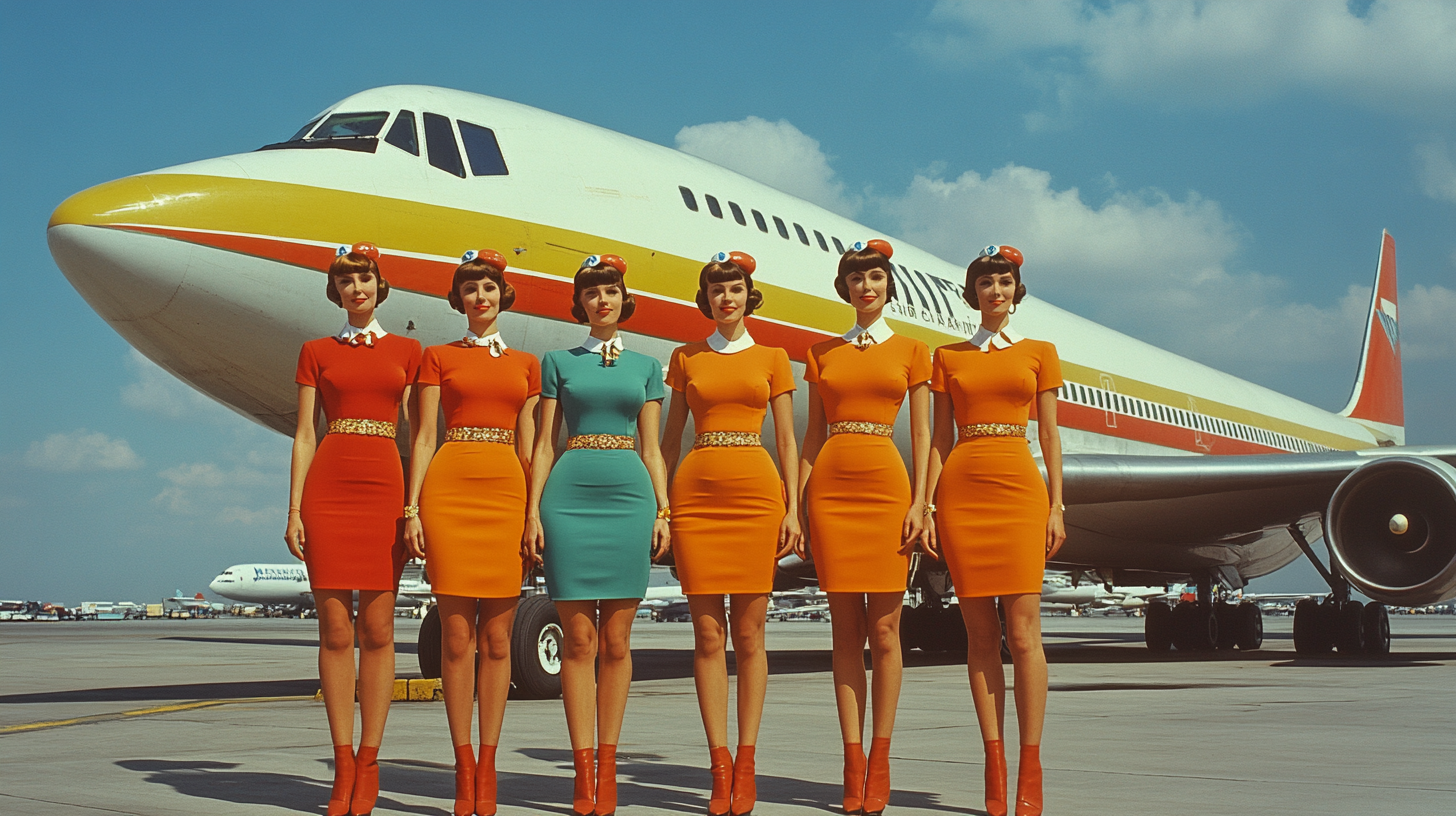
The 1960s and 1970s ushered in an era of bold experimentation and dramatic shifts in cultural norms, and airline uniforms were no exception to this trend. As the world embraced the spirit of freedom and self-expression, airlines seized the opportunity to reflect these changes through innovative uniform designs. Influenced by mod fashion and the psychedelic art movement, uniforms exploded with vibrant colors, unconventional cuts, and daring patterns. Hemlines rose, and the traditional conservative silhouettes were replaced with miniskirts, go-go boots, and brightly colored tights. Airlines sought to capture the attention of passengers by offering a flying experience that was as stylish as it was modern.
One of the most iconic examples of this trend was Braniff International Airways’ collaboration with Italian designer Emilio Pucci. The result was a series of eye-catching uniforms featuring kaleidoscopic patterns and playful accessories like space helmets and capes. These uniforms Braniff’s Revolutionary Uniforms of the 1960s didn’t just clothe the flight attendants; they transformed them into symbols of the airline’s avant-garde brand identity. This period marked a significant departure from the conservative styles of previous decades, embracing individuality and breaking traditional fashion rules. Uniforms became more than functional attire; they were statements of the airlines’ progressive approach and reflections of broader societal shifts toward liberation and self-expression.
The Professional Turn: 1980s–1990s
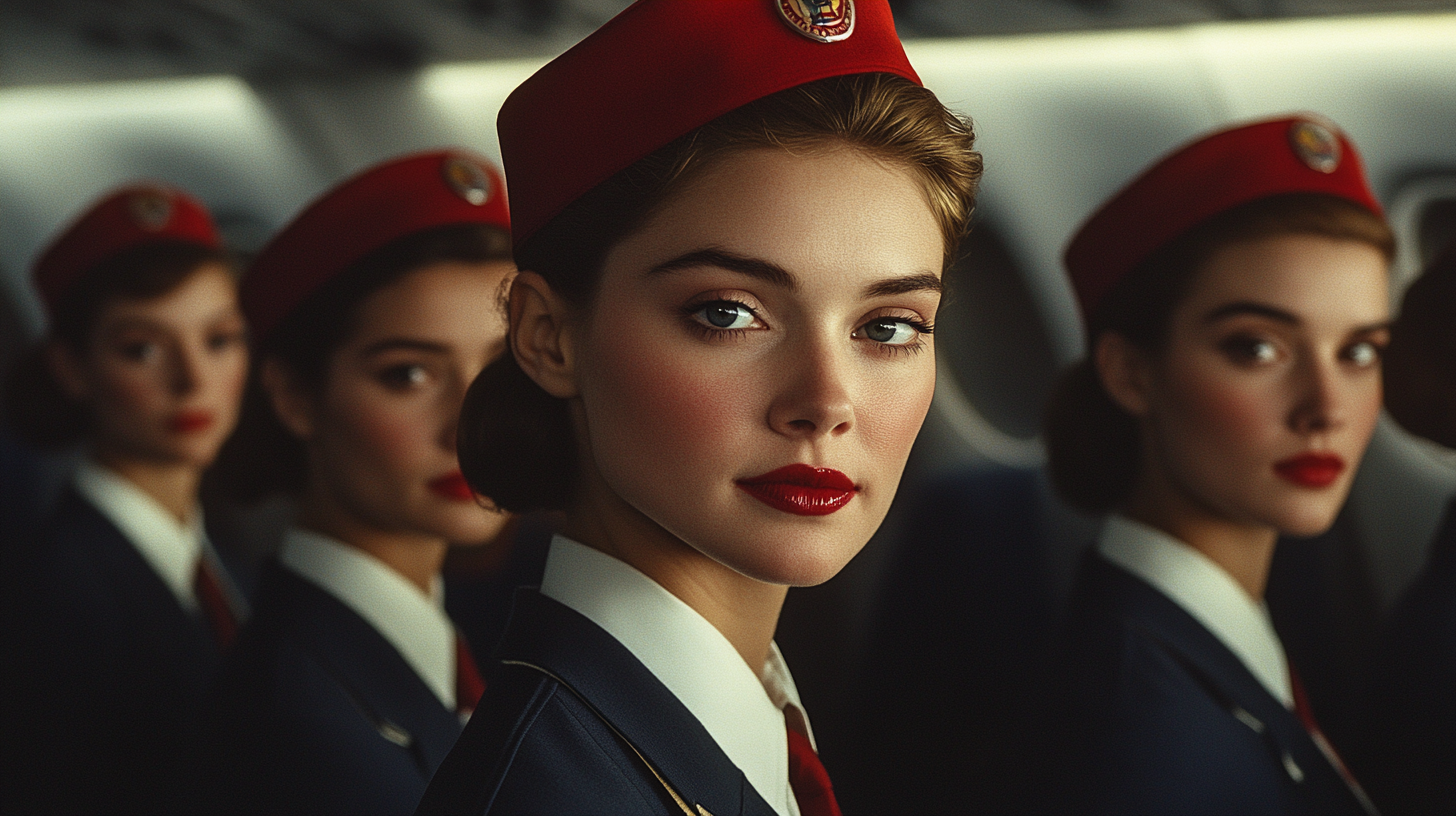
The 1980s marked a return to professionalism and understatement in airline uniform design, reflecting a broader societal shift toward conservatism and corporate efficiency. The flamboyance and bold experimentation of the previous decades were replaced by uniforms that emphasized corporate identity and a serious, business-oriented ethos. Power suits with strong lines, shoulder pads, and subdued color palettes became the norm, mirroring the fashion trends seen in the corporate world. These uniforms projected an image of reliability and competence, aligning with airlines’ efforts to attract business travelers and emphasize their commitment to safety and professionalism.
This period was significant for advancements in gender equality within the aviation industry. Airlines began to relax restrictive policies, allowing men to serve as flight attendants and lifting bans on married or pregnant women. This progressive shift necessitated changes in uniform design to accommodate a more diverse workforce. Uniforms became more practical and comfortable, with a focus on versatility to suit different body types and the physical demands of the job. Fabrics with improved durability and comfort, as well as design features that allowed for ease of movement during long-haul flights, became standard. These developments are explored in Evolution of Inclusivity in Airline Uniforms , highlighting how uniform design adapted to reflect changing societal values and workforce demographics.
The Modern Era: 2000s–Present
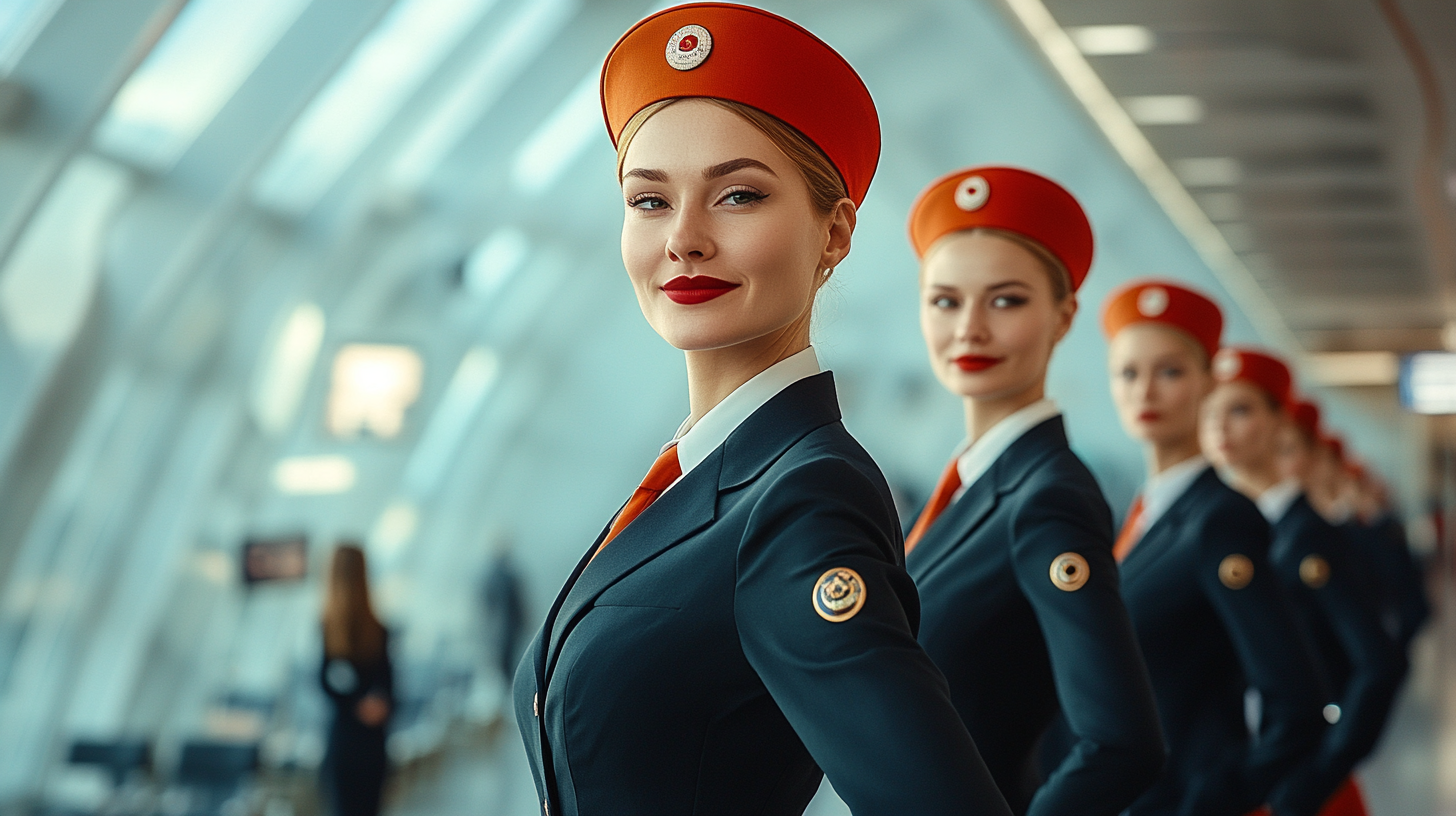
The new millennium heralded further evolution in airline uniforms, as airlines sought to balance the demands of modern air travel with the expectations of both staff and passengers. Focus shifted toward simplicity, comfort, and functionality, without sacrificing style. Uniforms became a harmonious blend of professionalism and practicality, thoughtfully designed to meet the needs of flight attendants who often endure long and demanding working hours. Ergonomic considerations led to the selection of breathable fabrics, flexible fits, and versatile pieces that could adapt to different climates and tasks.
Contemporary designs have increasingly embraced themes of sustainability, personalization, and inclusivity. Airlines such as Delta Air Lines took bold steps by introducing vibrant uniforms designed by renowned fashion icons like Zac Posen. These collaborations brought high fashion to the skies, infusing uniforms with modern aesthetics and unique flair. However, in 2020, Delta phased out these uniforms due to employee health concerns related to the materials used, underscoring the industry’s responsiveness to staff feedback and well-being.
Inclusivity has become a central theme in today’s uniform design. Recognizing the diverse identities of their workforce, airlines are increasingly offering gender-neutral options and allowing greater flexibility in how uniforms are worn. United Airlines, for instance, introduced uniforms with pronoun pins, enabling staff to express their identities openly and fostering an environment of respect and acceptance. Such initiatives are discussed in Inclusivity in Modern Airline Uniforms , highlighting the shift toward embracing diversity.
Technological advancements have also played a significant role in shaping uniform materials and production methods. A growing emphasis on sustainability has led companies to collaborate on creating eco-friendly uniforms that align with both brand identity and a commitment to reducing environmental impact. Recycled materials, ethically sourced fabrics, and environmentally friendly manufacturing processes are becoming standard practice, reflecting a broader industry trend toward corporate social responsibility.
Embracing Identity and Innovation
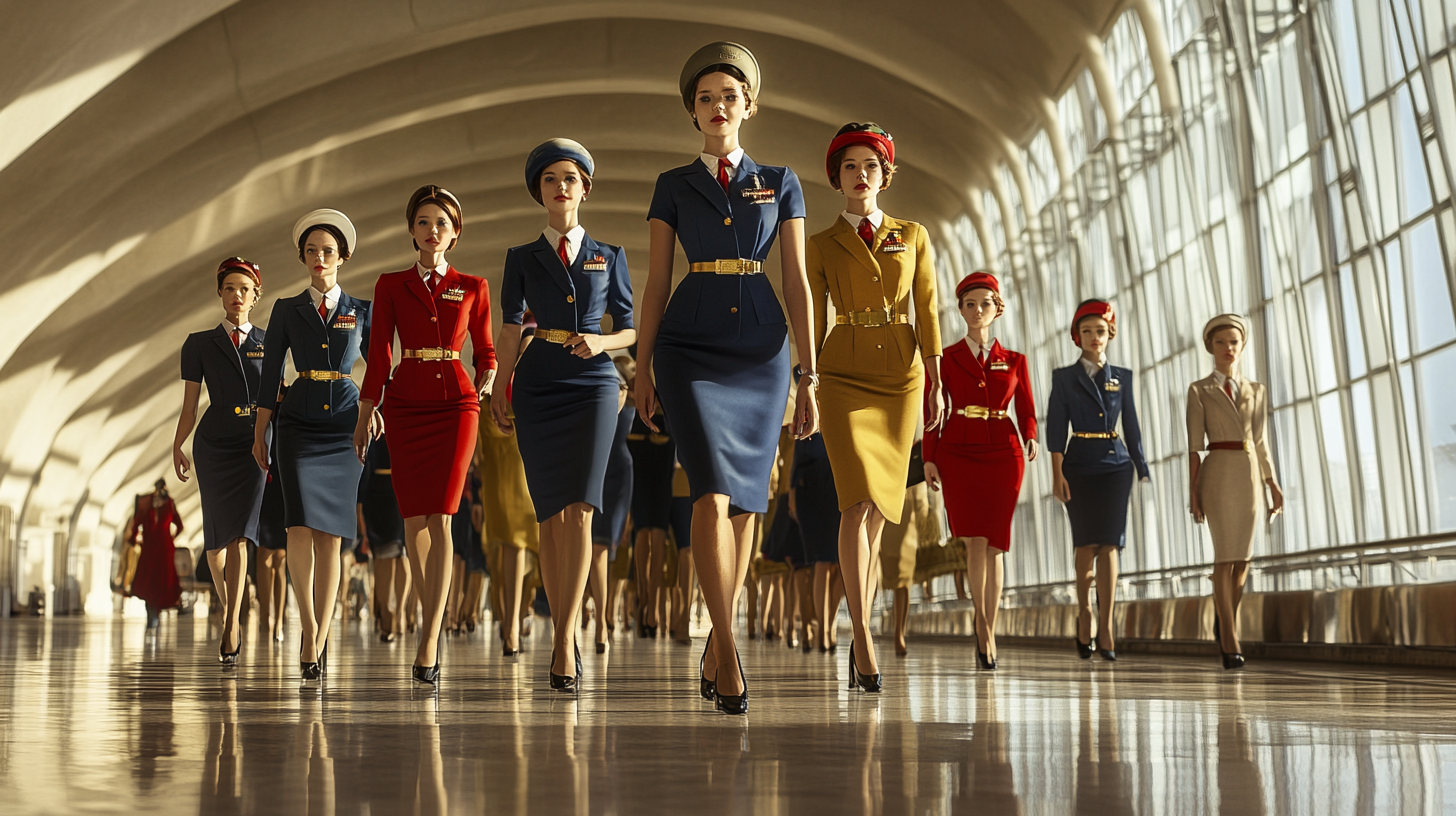
In today’s competitive aviation industry, airline uniforms continue to play a pivotal role in shaping an airline’s brand identity and passenger perception. They are a subtle yet powerful means of conveying the company’s values, commitment to customer service, and attention to detail. Modern uniforms embody current dressing norms, balancing professionalism with contemporary fashion trends, and in some cases, even influencing societal directions in fashion and inclusivity. They serve not only functional purposes but also act as visual symbols that communicate the airline’s ethos to the world.
Airlines like Emirates have recently taken significant steps to enhance their services by introducing new uniforms for their Premium & VIP Passenger Services team. These stylish, tailored outfits are inspired by the airline’s signature look, seamlessly combining elegance with practicality. The uniforms are designed to reflect the personalized, high-quality service offered to VIP travelers, reinforcing the brand’s reputation for luxury and excellence. Detailed insights into such initiatives can be found in Emirates’ New Uniform Innovations , illustrating how airlines are continually innovating to meet the evolving expectations of their clientele.
By embracing identity and innovation in uniform design, airlines not only differentiate themselves in a crowded market but also create a cohesive and aspirational image that resonates with passengers. Uniforms become a storytelling medium, embodying the airline’s history, culture, and aspirations, and enhancing the overall travel experience.
The Future of Airline Uniforms
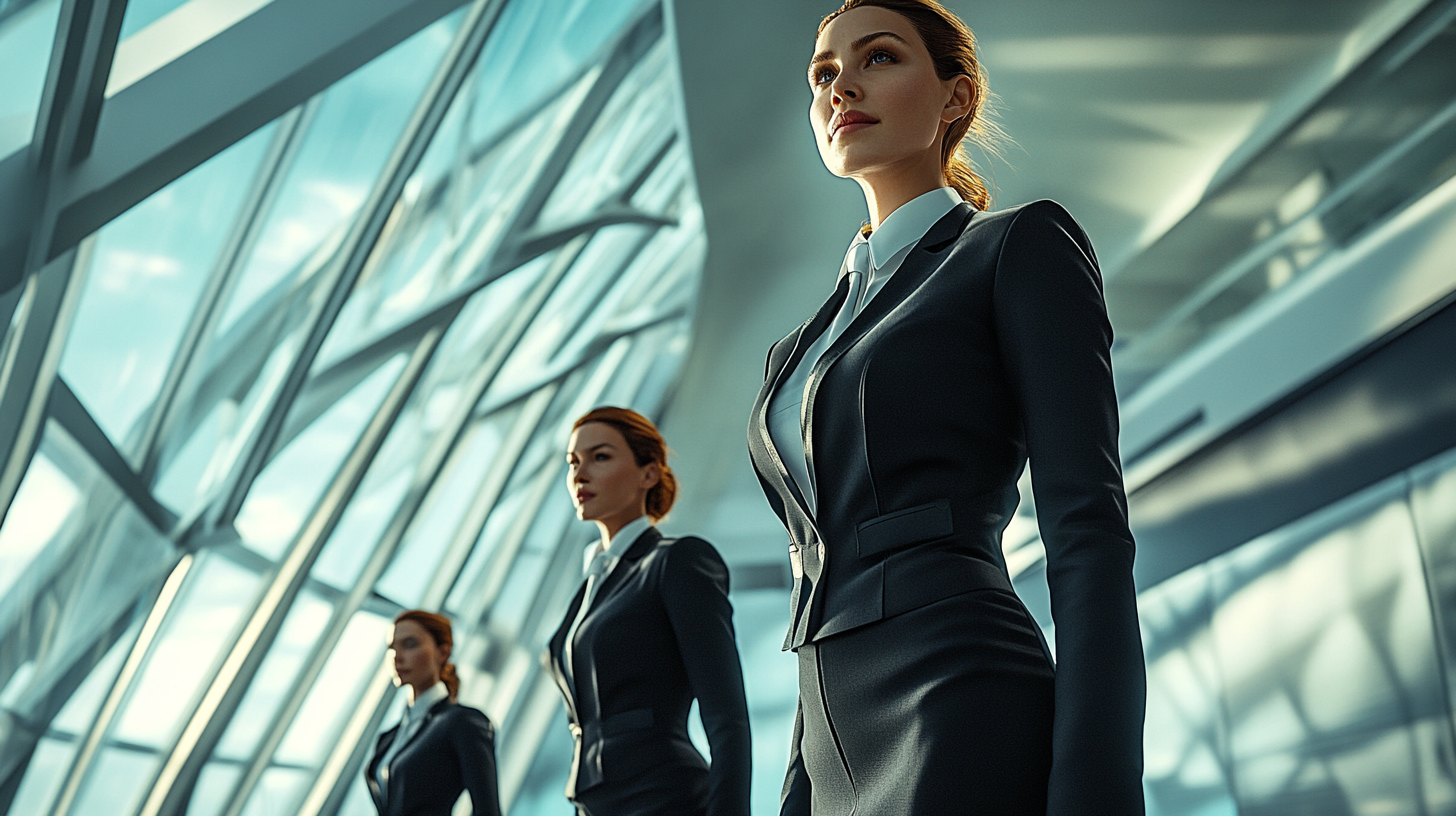
As the aviation industry looks to the future, airline uniforms are poised to continue their evolution, mirroring technological advancements and shifting cultural values. The focus on sustainability is expected to intensify, with airlines increasingly adopting eco-friendly materials and production methods to reduce their environmental footprint. Innovations such as fabrics made from recycled materials, biodegradable textiles, and energy-efficient manufacturing processes are likely to become more prevalent, reflecting a commitment to environmental stewardship.
Comfort and inclusivity will remain at the forefront of uniform design. With a diverse workforce representing various cultures, genders, and identities, airlines are anticipated to offer even greater personalization and flexibility in uniform options. This might include customizable elements, a broader range of sizing, and designs that respect cultural sensitivities, fostering a more inclusive and supportive work environment.
Safety will continue to be a paramount concern. Modern uniforms incorporate features like flame-resistant fabrics and ergonomic designs that do not hinder movement during emergencies. Rigorous testing ensures that uniforms meet the highest safety standards, aligning with the industry’s unwavering emphasis on passenger and crew well-being. Discussions about future safety enhancements can be explored in Advancements in Safety Features of Airline Uniforms , providing insights into how uniforms contribute to overall flight safety.
Final Thoughts
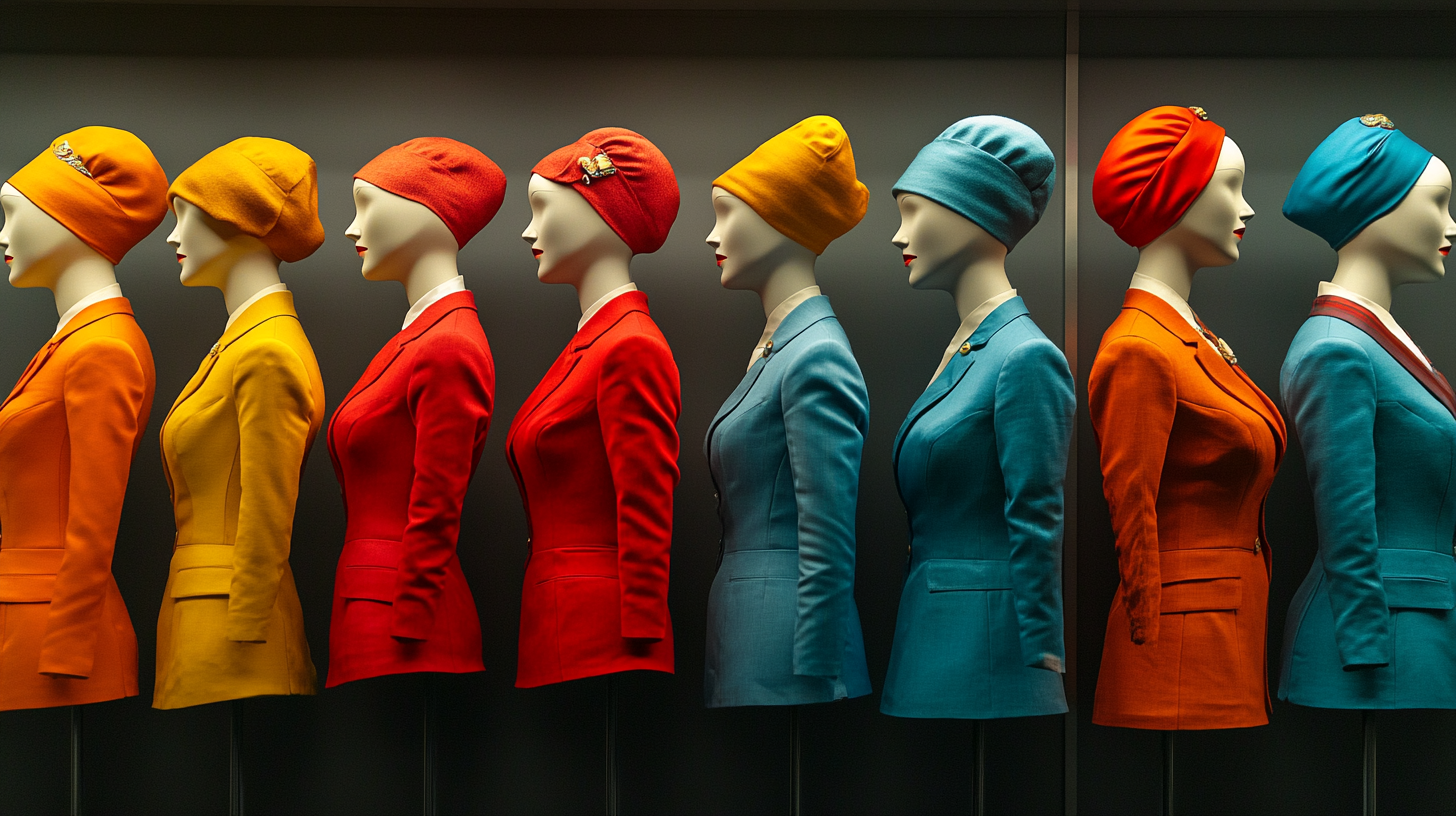
The evolution of airline uniforms over the past century encapsulates a rich tapestry of change in fashion, societal values, and the aviation industry itself. From the utilitarian designs of the early days, intended to instill confidence in a nascent mode of travel, to the high-fashion statements of the mid-20th century that mirrored the glamour and excitement of air travel’s golden age, uniforms have continually adapted to reflect the times.
In the modern era, uniforms have become symbols of sustainability, inclusivity, and technological advancement, embodying airlines’ commitments to their staff, passengers, and the environment. They tell a story of innovation and adaptation, mirroring the industry’s journey through times of change and challenge. As airlines continue to navigate the skies of an ever-changing world, their uniforms will undoubtedly evolve, representing not just the values and aspirations of each new era but also the enduring spirit of flight—a symbol of humanity’s unending pursuit of connection and exploration.
Follow us back to Seat 5A for more insights and stories about the fascinating world of aviation.



